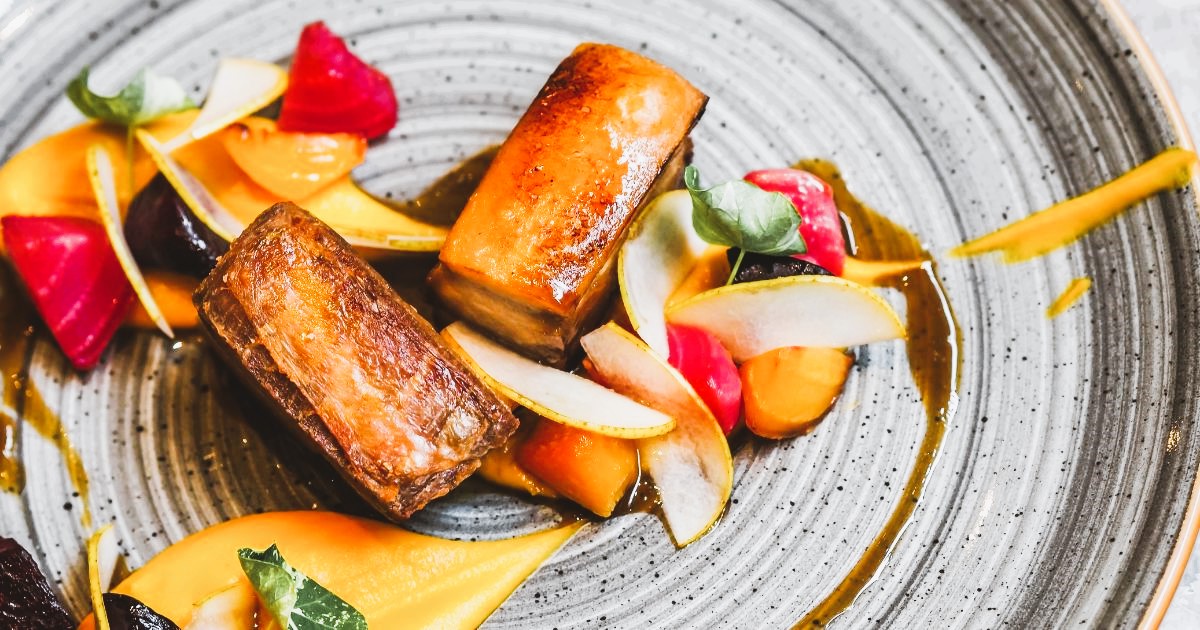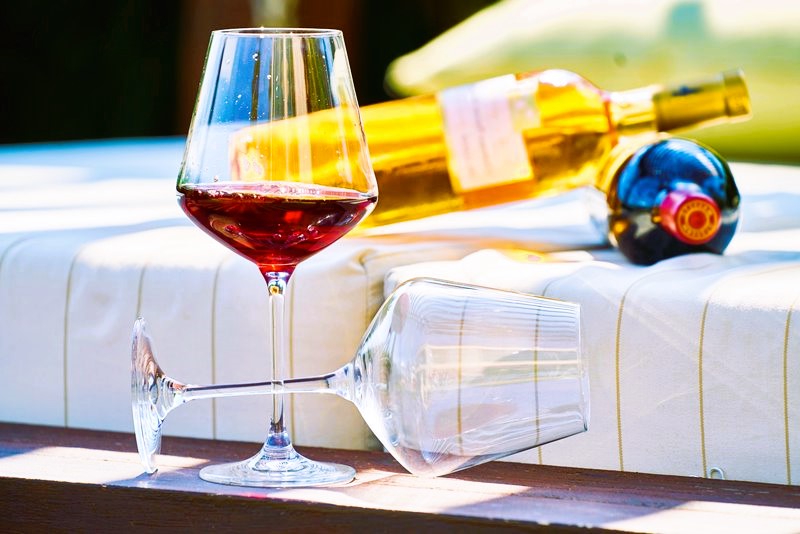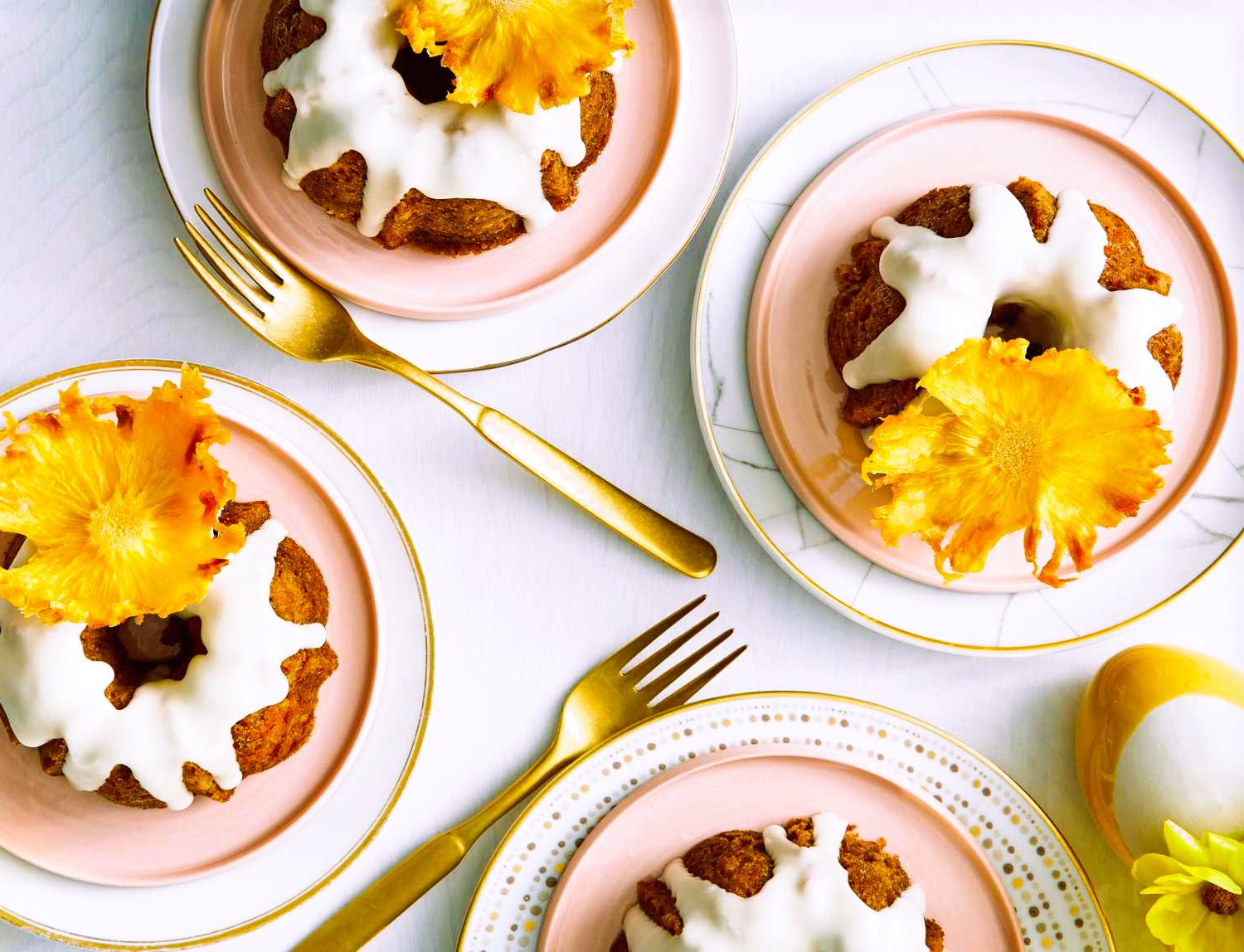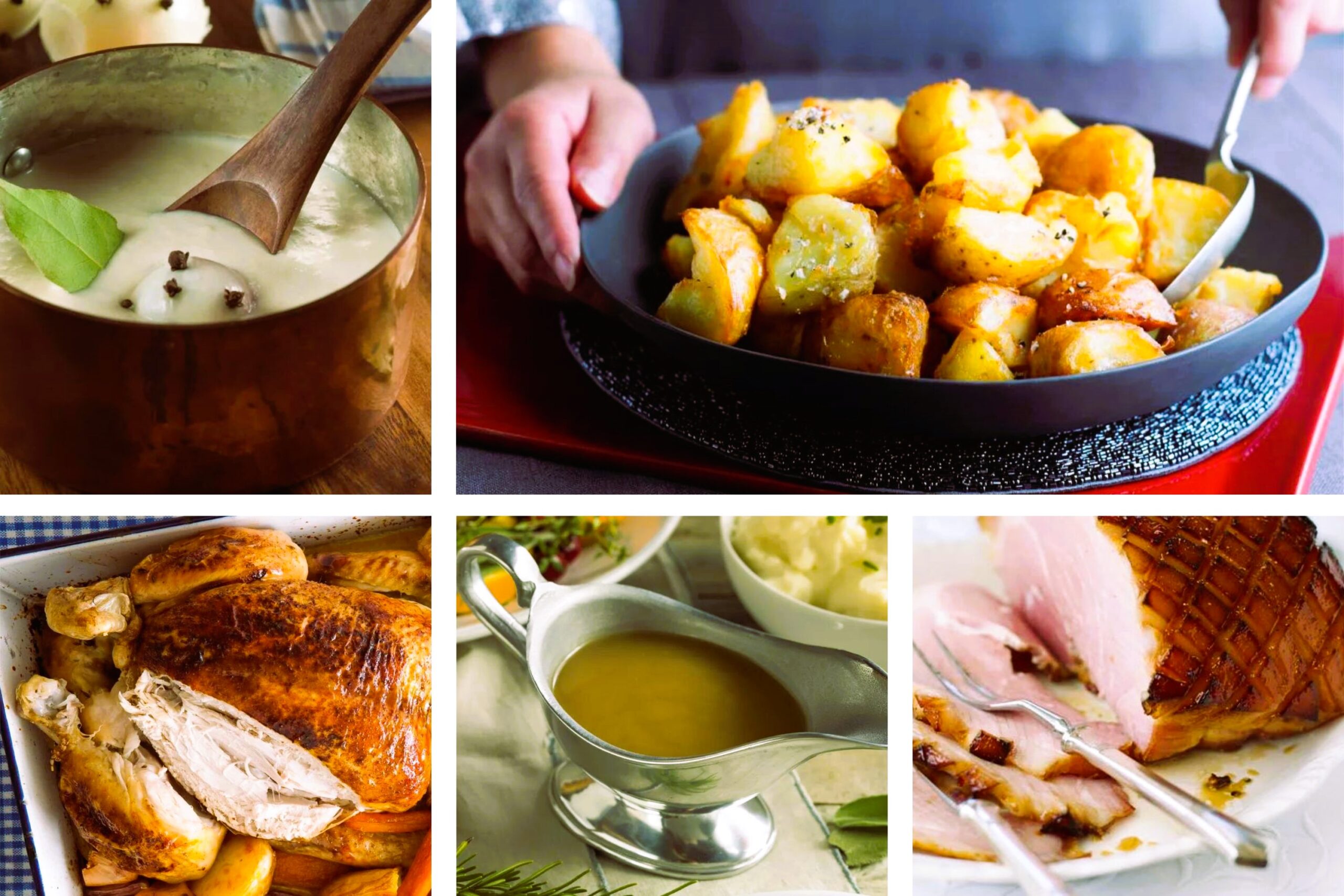They say we eat with our eyes first, and nowhere is this truer than in the world of culinary delights. Food presentation is an art form that goes beyond mere plating; it transforms a dish into a masterpiece that engages all our senses. From the symmetrical arrangements of fine dining to the rustic charm of home-cooked meals, the art of food presentation elevates the dining experience to new heights. Join us as we explore the principles of food presentation and how it transforms every dish into a work of art.
The Visual Feast: Why Presentation Matters
Presentation is a key element of the culinary experience. A beautifully presented dish not only entices the appetite but also communicates the chef’s creativity, attention to detail, and respect for ingredients. It sets the tone for the meal, creating anticipation and excitement before the first bite.
In the age of social media and food photography, striking visuals have become more important than ever. People love sharing pictures of visually appealing dishes, making food presentation an essential aspect of modern gastronomy.
The Elements of Food Presentation
The art of food presentation draws upon various elements that contribute to the overall aesthetic appeal of a dish. Some of the key elements include:

- Color: Vibrant and contrasting colors make a dish visually appealing. Chefs often use colorful ingredients like fresh herbs, edible flowers, and bright vegetables to add visual interest.
- Shape and Form: The shape and arrangement of ingredients play a significant role in presentation. Geometric shapes, such as squares, circles, and triangles, create a sense of order, while organic shapes add a touch of natural beauty.
- Texture: Combining different textures adds depth to a dish. Crispy elements, smooth sauces, and crunchy garnishes create a pleasing sensory experience.
- Balance: A balanced presentation ensures that no single element overpowers the dish. Chefs consider the distribution of ingredients and flavors to create a harmonious composition.
- Negative Space: The use of negative space, also known as white space, allows the eye to rest and appreciate the focal points of the dish. Like the article? Read also about making the perfect cocktails.
Fine Dining: A Symphony of Flavors and Presentation
In fine dining restaurants, food presentation is taken to an art form. Every dish is carefully crafted to engage diners on multiple levels—visual, olfactory, and gustatory. Chefs spend hours perfecting the presentation of their creations, often drawing inspiration from nature, art, and culture.
Gastronomic restaurants often employ avant-garde techniques, such as molecular gastronomy, to push the boundaries of food presentation. From edible foams and spheres to intricate plating designs, these establishments aim to surprise and delight their guests with innovative presentations.
Cultural Influences on Food Presentation
Food presentation is also deeply influenced by cultural traditions and regional customs. Each culture has its unique way of presenting dishes that reflects its culinary heritage.
In Japanese cuisine, for example, the art of food presentation is known as “ikebana” and draws inspiration from traditional flower arranging. Japanese chefs often create visually stunning arrangements that celebrate simplicity and balance.
In Indian cuisine, the concept of “thali” presents a variety of dishes on a single platter, offering a feast for both the eyes and taste buds. Similarly, Middle Eastern cuisine features elaborate mezze platters with an array of colorful and flavorful dishes.
Standards and Safety in Food Presentation
Food safety is of utmost importance in food presentation. The Canadian Food Inspection Agency (CFIA) ensures that food establishments adhere to rigorous standards to maintain the safety and quality of food products. The CFIA collaborates with the food industry to uphold best practices in food handling, storage, and presentation.
Conservation and Sustainability
The art of food presentation also intersects with sustainability and conservation efforts. The Invasive Species Council of British Columbia (ISCBC) raises awareness about invasive species that can impact local flora and fauna, highlighting the importance of responsible sourcing of ingredients and preserving biodiversity.
Home-Cooked Elegance: Bringing Art to Your Table
Food presentation is not limited to professional chefs; home cooks can also embrace the artistry of plating. Simple techniques, such as garnishing with fresh herbs or arranging food in an appealing manner, can make a home-cooked meal feel like a restaurant experience.
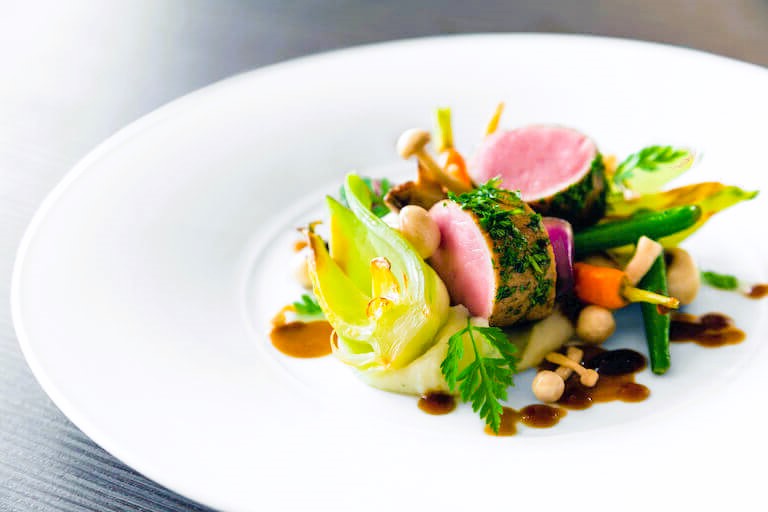
The art of food presentation is not just about perfection but also about expressing creativity and personal style. Every home-cooked dish can be a canvas for self-expression and a means to share love and care with family and friends.
Elevating Everyday Meals
Even in everyday meals, a thoughtful presentation can elevate the dining experience. A neatly arranged salad or a beautifully plated pasta dish can turn a regular dinner into a delightful experience.
Food presentation is a form of storytelling, where each dish communicates its own narrative through colors, textures, and arrangement. It allows chefs and home cooks to showcase their passion for food and their dedication to creating memorable dining experiences.
In Conclusion: A Feast for the Senses
The art of food presentation brings an extra dimension to the dining experience, making every dish a feast for the senses. From the sophisticated creations of fine dining establishments to the heartfelt efforts of home cooks, the art of plating adds magic to every meal.
So, the next time you sit down to enjoy a beautifully presented dish, take a moment to appreciate the culinary artistry and the creative journey that brought the masterpiece to your plate.
References:
- Canadian Food Inspection Agency (CFIA)

